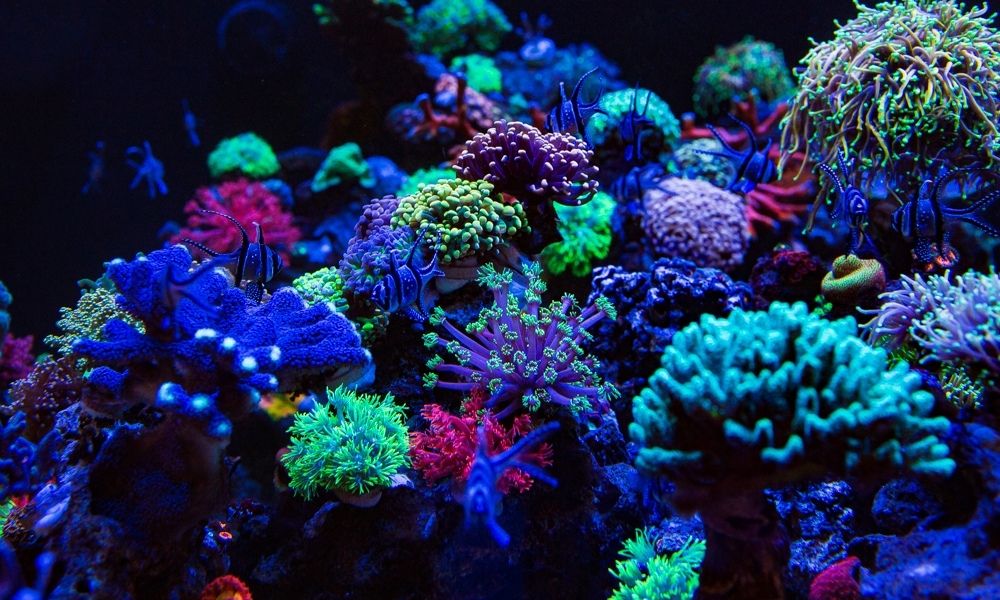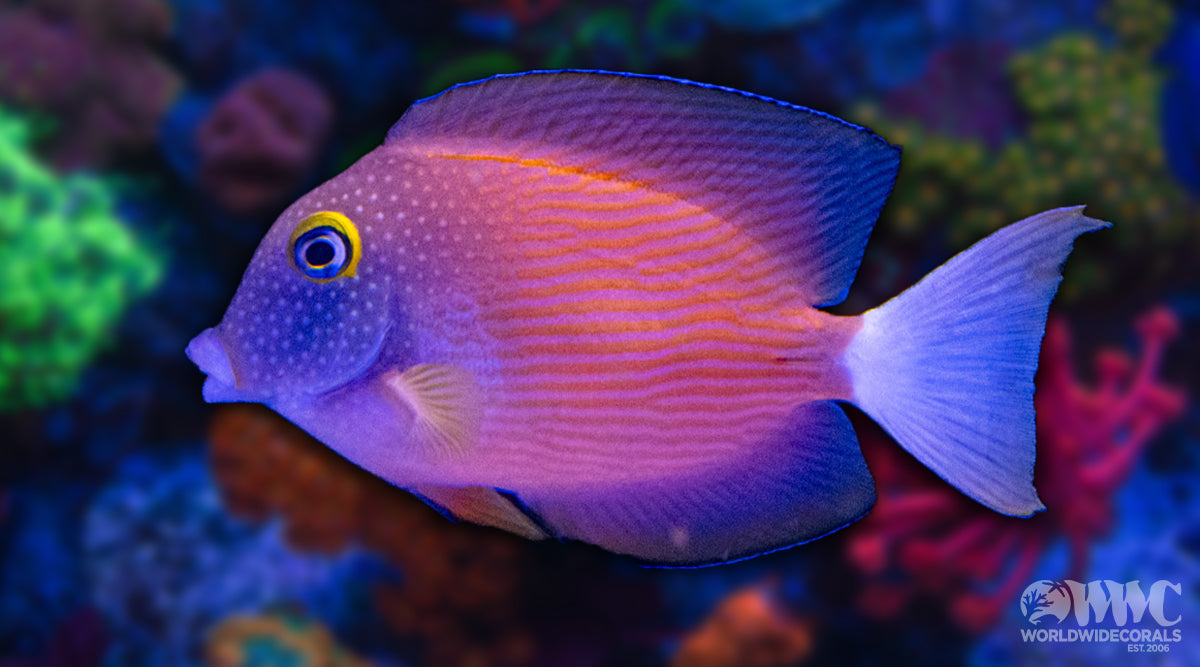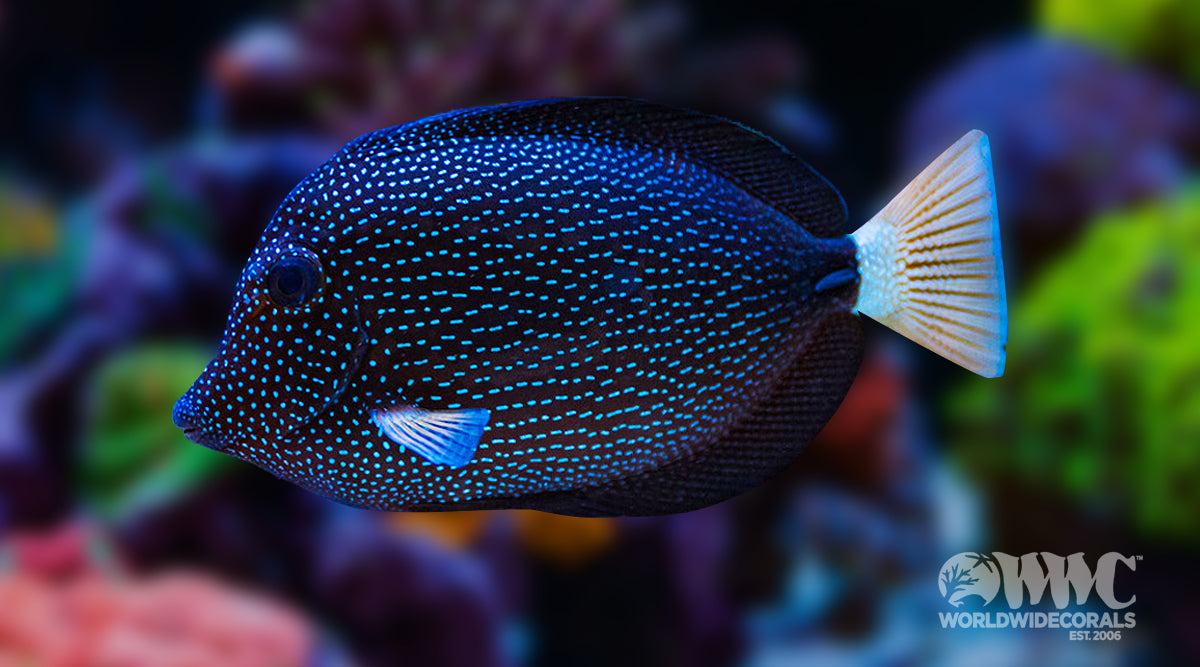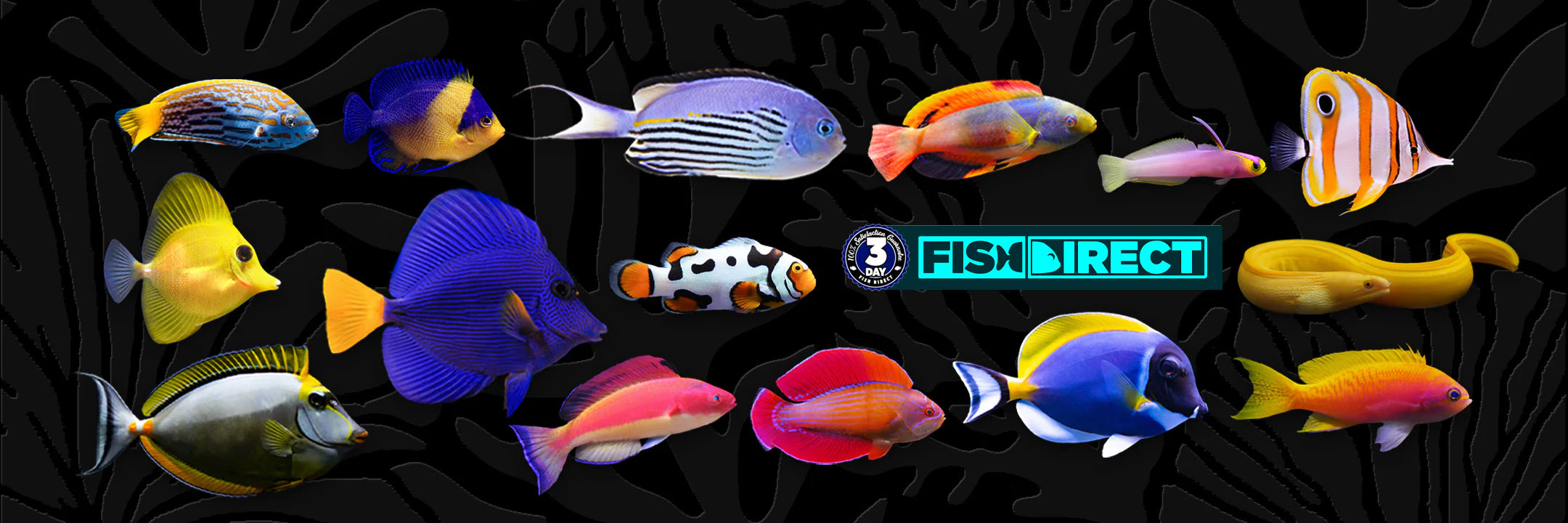Corals are fascinating creatures. From the time they first form, they’re constantly growing, changing, and adapting to their environment. As such, they’re so much more than the colorful formations they seem to be on the surface. In fact, coral colonies are just that—an entire colony of microscopic organisms working in tandem with one another. If you’re going to keep corals in your aquarium, it’s vital that you understand their different life stages. This is the lifecycle of your coral and what to expect when observing your tank.
Reproduction
When corals reach maturity in the wild, they release a series of male and female gametes into the water around them. Otherwise known as sperm and egg cells, these particles attach to one another and float to the water’s surface. Here, the sperm cells break apart and fertilize the egg. Since this entire step takes place at the cellular level, it isn’t visible to the naked eye. But it’s an essential part of what keeps coral reefs so expansive in the wild.
Development
Once the eggs are fertilized, they divide and develop until they form a planula larva. While the entire process itself can take a few hours, these microscopic organisms can float on the surface for several days at a time. Collecting algae and steadily growing, the larva float along until they become heavy enough to sink back into the water.
It’s important to note that the reproduction and larval stages don’t always occur on the surface. In fact, there are plenty of coral species that allow for cell interaction within their own polyps. When this happens, reproduction remains contained until the polyp releases the already formed larva.
Rooting
As the larvae float through the water, they’ll eventually come to rest on underwater rocks and other types of formations. When rooting themselves to a spot, they go through a physical change which is the foundation for their exoskeleton. At first, the coral consists of a singular module or polyp before dividing itself and creating another limb. Depending on where the coral roots, they can grow out indefinitely or until they hit a barrier.
Growth
Over the rest of your coral’s life cycle, they’ll continue this process of replicating their primary genetic code to make new segments. In time, they’ll grow more polyps and, sometimes, limbs to branch out further into the water for food collection. This is the stage you’re most likely to witness over time from the window of your tank. Every coral species will look slightly different at this stage.
Whether you’re looking to buy your own corals for your coral aquarium or want to learn more about coral, World Wide Corals has you covered. Specializing in aquaculture, our team knows all there is about how corals reproduce, root, and grow into the breathtaking specimens living in your home. So, don’t hesitate to reach out with any questions you may have about the process or if you’d like a small coral colony of your own.





